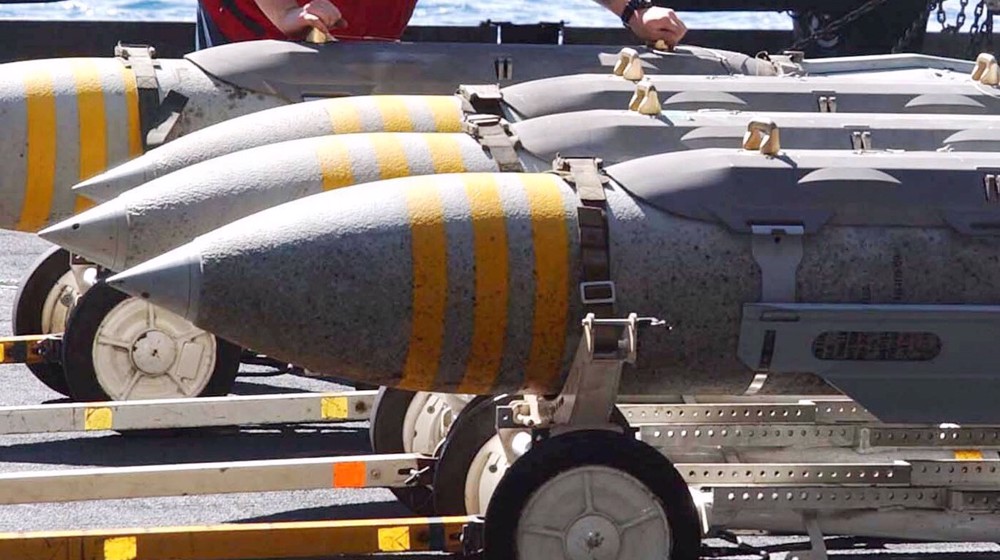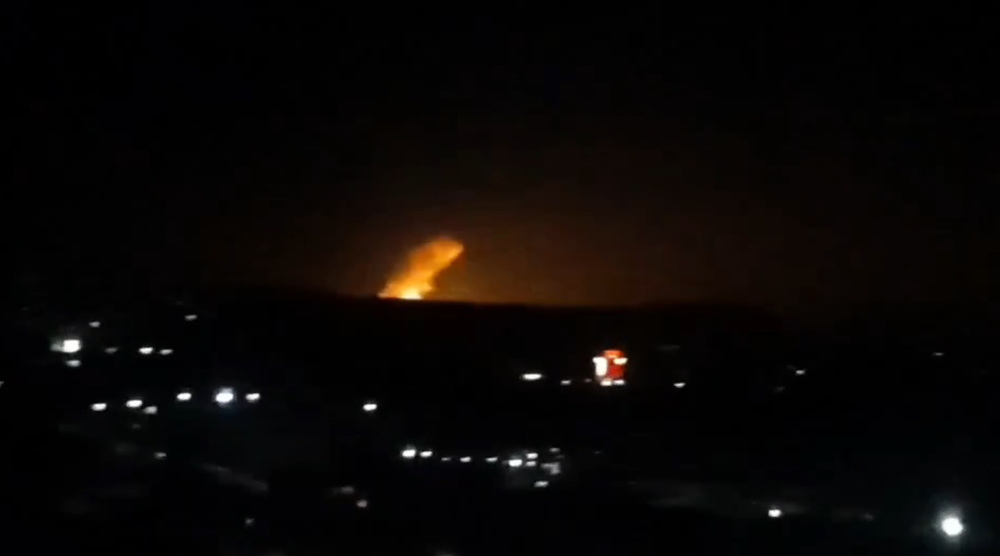US, South Korea begin joint military drills despite North Korea's warning
The United States and South Korea have begun their annual joint military exercise despite North Korea’s warning that doing so would jeopardize the denuclearization talks between Washington and Pyongyang.
This comes after a recent short-range missile test by the North, which President Donald Trump said did not pose any threat to the United States.
On July 25, North Korea test-fired a series of short-range projectiles in a first since leader Kim Jong-un's meeting with Trump at the demilitarized zone (DMZ) between the Koreas in June, where they agreed to resume stalled denuclearization talks.
Pyongyang called one of the projectiles a "solemn warning" to Seoul against conducting the mainly computer-simulated drills with Washington.
South Korean Defense Minister Jeong Kyeong Doo said Monday that the planned joint military exercises were underway.
"It is being conducted,” Jeong said at a hearing at the National Assembly, but did not provide further details as to where it was taking place and how long it would last.
“My view is the fact that we are actually staging the joint drills is more significant than the title,” he said.
Previously, a South Korean military official had said, the joint exercise aimed to verify Seoul's "capabilities for its envisioned retaking of wartime operational control."
On Wednesday, a senior US defense official said that the US did not plan to make changes to its military drill with the South in spite of Pyongyang's warning.
“No adjustment or change in plans that we’re aware of or are planning,” said the US official, speaking on the condition of anonymity.
“The main thing you want to test, exercise, practice is to make decisions in a combined decision making environment because we have an integrated command structure,” the official added.
North Korea, currently under multiple rounds of harsh sanctions by the United Nations (UN) and the US over its nuclear and missile programs, put a unilateral halt to its missile and nuclear tests shortly before a diplomatic thaw began between Pyongyang and Seoul in early 2018.
That thaw later led to summits between Trump and Kim to discuss the demilitarization of the Korean Peninsula, the first of which was held in Singapore in June last year and the second in Vietnam in February.
The Singapore summit made little progress, mainly because Washington refuses to lift its harsh sanctions on North Korea.
The Vietnam summit also broke up without an agreement or even a joint statement as the two sides failed to reach a consensus. Trump walked away from the summit, claiming that Kim had insisted on the removal of all sanctions on North Korea. Pyongyang, however, rejected that account, stressing that it had only asked for a partial lifting of the bans.
Following the failure of the summit, the North repeatedly warned that it was considering ending talks on denuclearization and resuming its nuclear and missile tests over what it described as “the gangster-like stand” of the US.
In their third, brief meeting at the Korean border at the end of June, Kim and Trump agreed to kick-start working-level talks.
Russia may expand nuclear capability to counter US efforts: Russian diplomat
VIDEO | Press TV's news headlines
VIDEO | Palestinians voice support for resistance
Hamas says Deif, fellow leaders shattered Israel’s myth of invincibility
IRGC: Legacy of Qassam Brigades martyrs eradicating ‘cancerous tumor’ of Israel
Hamas warns Israel of ‘significant price’ before showing off seized Israeli gun
Egyptians protest against Trump’s scheme to relocate Gazans
Prisoner thanks Gazans after release, says Israel tortures Palestinians












 This makes it easy to access the Press TV website
This makes it easy to access the Press TV website